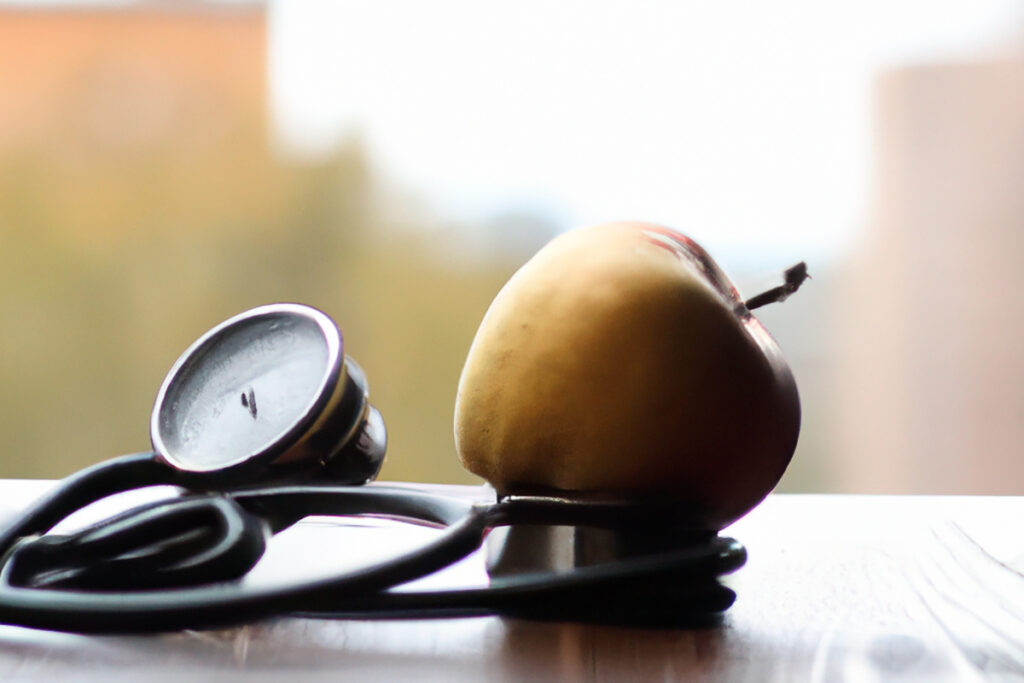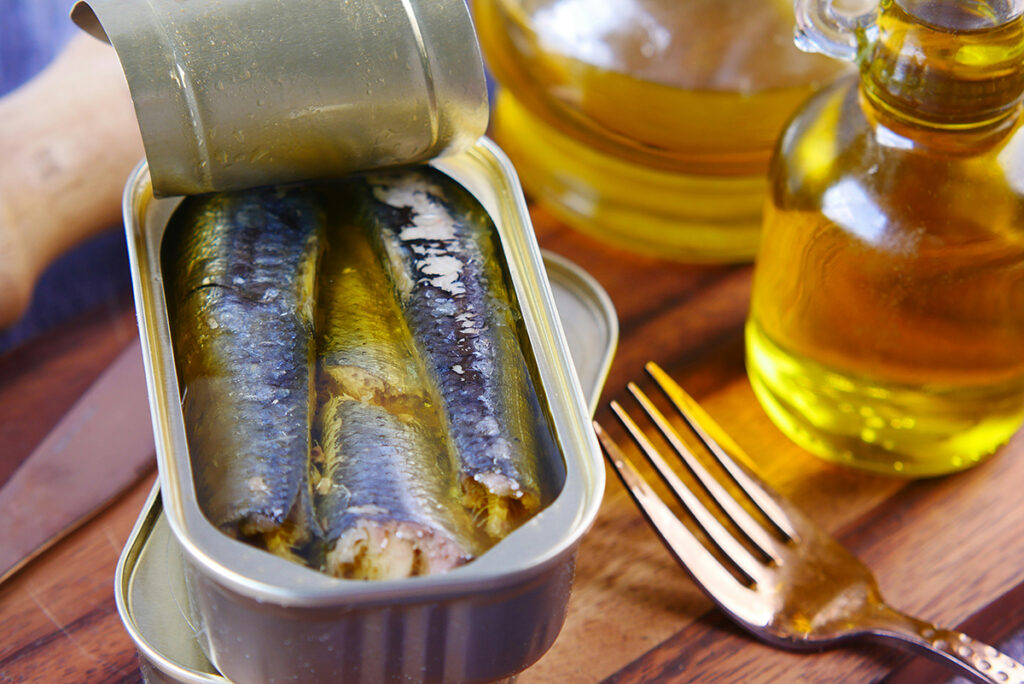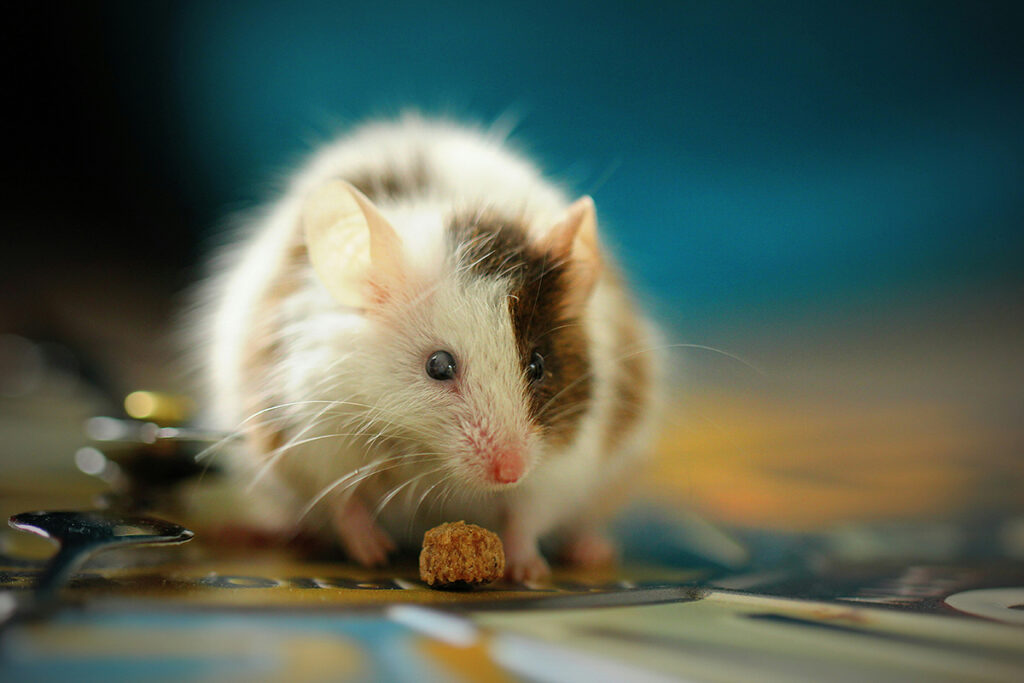The relationship between diet, blood pressure levels, and the risk of developing hypertension (hypertension) is well known. The importance of this relationship is highlighted in the 700-page report by the US National Research Council, “Diet and Health: Ways to Reduce the Risk of Chronic Disease.”
Numerous observational and prospective studies of various nutrients and dietary supplements have only established a general trend:
- fiber and macronutrients (potassium, magnesium, calcium) – reduce blood pressure;
- salt, refined carbohydrates, animal and confectionery fats, and alcohol – increase blood pressure.
The more precise results of these studies have been controversial due to the small number of participants, insufficient consideration of the cross-talk of the studied nutrients, and possible inadequate control of participant compliance with the scientists’ requirements.
A group of scientists from leading American universities investigated the effect of diet, rather than individual nutrients and nutritional supplements, on lowering blood pressure. Their study, A Clinical Trial of the Effects of Dietary Patterns on Blood Pressure, more accurately considers the mutual influence of nutrients.
Study Design
The study involved healthy men and women over 22 years of age. All participants had either grade 1 hypertension not requiring medical treatment or blood pressure close to the upper limit of normal. The systolic pressure of all participants was less than 160 mmHg and diastolic – from 80 to 95 mmHg. None of the participants took antihypertensive drugs. None were obese (body mass index over 35).
To test the effect of diet on blood pressure, scientists developed 3 dietary patterns that span the range of previous research:
- The Control Diet is as close to a typical American diet. The diet consists of milk fat, fatty meat, white flour, and sugar. Some fruits, nuts, legumes, and vegetables. The content of fiber and micronutrients (potassium, magnesium, calcium) corresponds to the lower quarter of the level of consumption in the United States. The total calorie content of fat in the diet is 37%, with saturated fat being 16%. Protein makes up 15% of the energy value of this meal plan. Previous research suggests that this diet contributes to high blood pressure when systolic pressure exceeds 140 mmHg and diastolic is above 90 mmHg.
- The Ideal Diet consists of low-fat dairy products, fish, chicken, and lean meats. These foods are low in saturated fat, high in calcium, and moderately high in protein. The ideal diet includes good sources of potassium, magnesium, and dietary fiber: plenty of fruits, vegetables, whole grains, nuts, legumes, and seeds. According to these indicators, the diet corresponds to the top quarter of the level of consumption in the United States. Fat provides 27% of the calories in this diet, saturated fat 6%, and protein 18%. According to previous studies, this nutrient content contributes to the lowest blood pressure.
- Combined Diet that tests the effects of fruits and vegetables on blood pressure. It is a controlled diet in which sugary drinks and desserts are replaced with vegetables and fruits. This replacement provides a high potassium, magnesium, and fiber content – as in the ideal diet. And butter and fatty dairy products make the average diet similar to the control diet for calcium.
All three diets included 3 grams of salt daily, no more than two alcoholic drinks per day, and no more than three cups of coffee.
The study lasted 11 weeks. For the first three weeks, all participants followed a control diet to eliminate the influence of their previous eating patterns and come as close as possible to the diet of the average American. Then all the participants were randomly divided into 3 groups – according to the number of developed nutrition schemes. For the next 8 weeks, the participants followed the prescribed diet.
To maintain uniformity, the participants ate at special centers where food was prepared according to their diet. At each visit to the center, participants had their blood pressure and body weight measured and blood and urine tests. If participants began to lose weight, muffins and cookies were added to their diet to eliminate the effect of weight on the result. Participants who skipped meals were excluded from the study. The use of unrecorded products was controlled by blood and urine parameters. Participants whose test results did not match the diet were excluded from the study. Scientists monitored the urine’s potassium, magnesium, urea nitrogen, and calcium content. Plasma levels of low-density lipoproteins (LDL) and high-density lipoproteins (HDL) were also observed.
Of the 8813 people, 456 completed the study.
Results
The combined diet was the best at lowering blood pressure compared to the control diet. Systolic pressure was reduced by 5.5 mmHg, and diastolic – by 3.0 mmHg. This diet had the most significant impact on people with grade 1 hypertension (133 participants). Their combined diet reduced blood pressure by 11.4 and 5.5 mm Hg. Art. respectively. This diet had less of an impact on people without hypertension. Their blood pressure dropped by 3.5 and 2.1 mmHg. Art. respectively.
Compared with the control diet, the ideal diet lowered blood pressure to a lesser extent. Systolic pressure was reduced by 2.8 mmHg, diastolic – by 1.1. This diet also had the greatest impact on people with grade 1 hypertension.
Comparative results for the three diets are shown in the graph:
Image source: https://www.nejm.org/doi/10.1056/NEJM199704173361601
With the “idea and combined diets, blood pressure decreased in the second week of the diet and continued for the next 6 weeks.
The effect of the three diets on blood pressure did not depend on the gender of the participants.
Findings
Diet affects blood pressure. A study of three different diets found that the most effective diet for reducing blood pressure is the habitual diet, as long as desserts and sugary drinks are replaced with fruits and vegetables. The ideal diet, consisting of low-fat foods and an abundance of fruits, vegetables, whole grains and nuts, prevents hypertension to a lesser extent. The maximum reduction in blood pressure is achieved by the second week of dieting and lasts as long as the diet is observed.
Useful article, necessary information? Share it!
Someone will also find it useful and necessary:
References
- A Clinical Trial of the Effects of Dietary Patterns on Blood Pressure
- Rationale and design of the Dietary Approaches to Stop Hypertension trial (DASH): A multicenter controlled-feeding study of dietary patterns to lower blood pressure




